![[Translate to English:] [Translate to English:]](/fileadmin/_processed_/a/2/csm_T_warmworld_49ea77b5fd.jpg)
WarmWorld project at full speed
With the first day of spring we also kick off the full module-team of the BMBF-funded WarmWorld project. Within this project, the Max Planck…
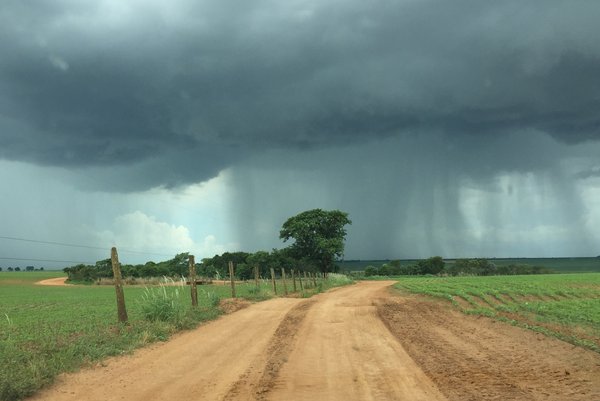
What the development of global climate models at the km-scale teaches us about tropical convection
Accurately capturing location, diurnal as well as seasonal variability of the tropical rainbelt, over land and over ocean, has remained beyond reach…
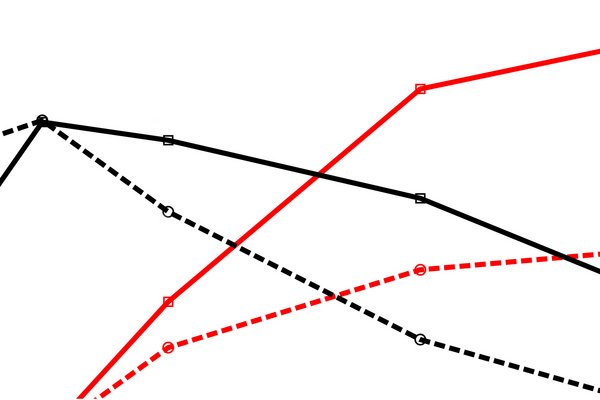
Component concurrency increases the parallel efficiency of Earth system models
In a recent study in the journal of Geoscientific Model Development Leonidas Linardakis and his colleagues demonstrate how coarse-grained component…
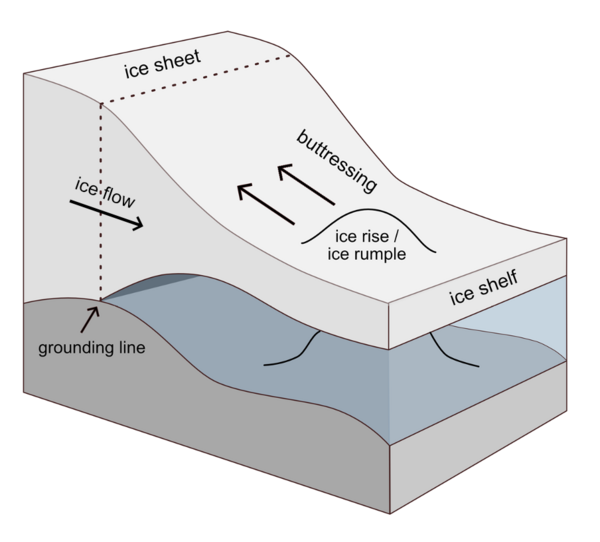
How ice rises and rumples affect the Antarctic ice sheet
In a study in The Cryosphere, researchers at the Max Planck Institute for Meteorology examined the effect of basal friction and sea level variation…
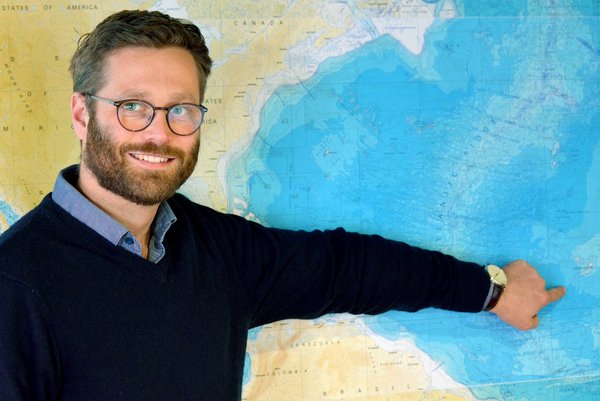
Florian Schütte appointed junior professor at GEOMAR
Dr. Florian Schütte, scientist in the department “Ocean in the Earth System” at the Max Planck Institute for Meteorology, will become junior…
![[Translate to English:] [Translate to English:]](/fileadmin/_processed_/9/d/csm_T_Fokus_Palmod_39c0a04f75.jpg)
Large-scale research project PalMod: What have we learned?
The PalMod project (short for paleo-modeling), funded by the German Federal Ministry of Education and Research (BMBF), investigates the climate…

One of a kind in Germany: New high-performance computer for Earth system research inaugurated
A new supercomputer named “Levante” was inaugurated at the German Climate Computing Center (DKRZ) on 22 September 2022. For the Max Planck Institute…
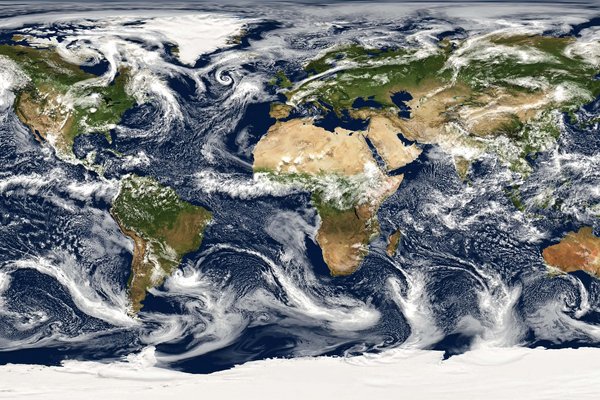
Leading global climate scientists call for global partnership to predict rainfall futures and tackle climate change more effectively
Nine of the world´s leading climate scientists are calling for major international investment to develop a new generation of climate models that can…
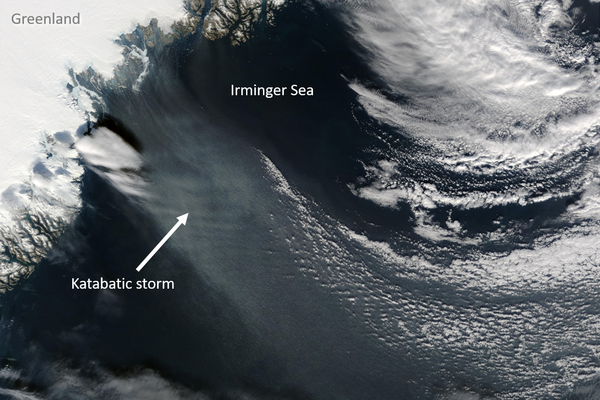
How katabatic storms in southeast Greenland form dense water in the Irminger Sea
In a new study in the Journal of Geophysical Research: Oceans, Dr. Oliver Gutjahr (Universität Hamburg, Max Planck Institute for Meteorology (MPI-M))…
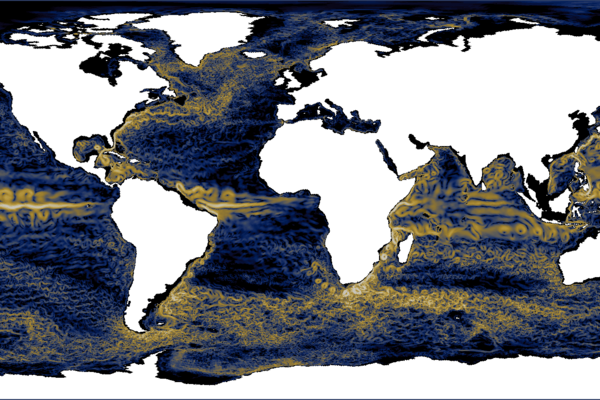
Project EERIE: Ocean eddies for better climate projections
The Max Planck Institute for Meteorology (MPI-M) is successfully involved in the new EU project EERIE (European Eddy-RIch Earth system models).…
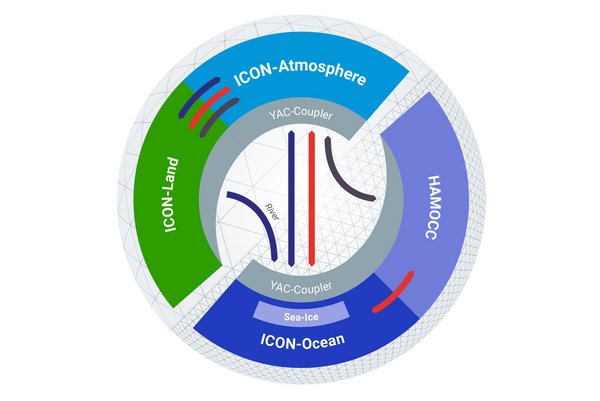
The first version of the ICON Earth System Model
A team of researchers around Dr. Johann Jungclaus from the Max Planck Institute for Meteorology (MPI-M) has published a paper in the Journal of…
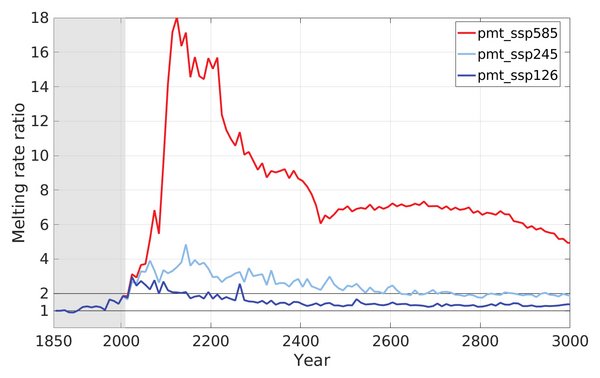
Delayed response of subsea permafrost thaw to anthropogenic warming
Subsea permafrost is a previously overlooked component of the climate system. In a study published in The Cryosphere, the authors Stiig Wilkenskjeld…
